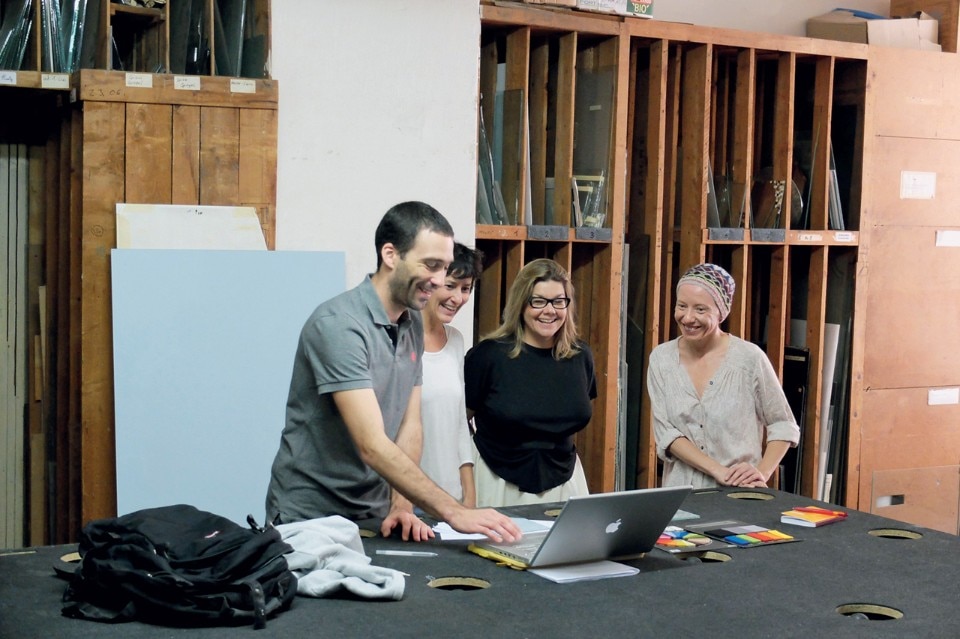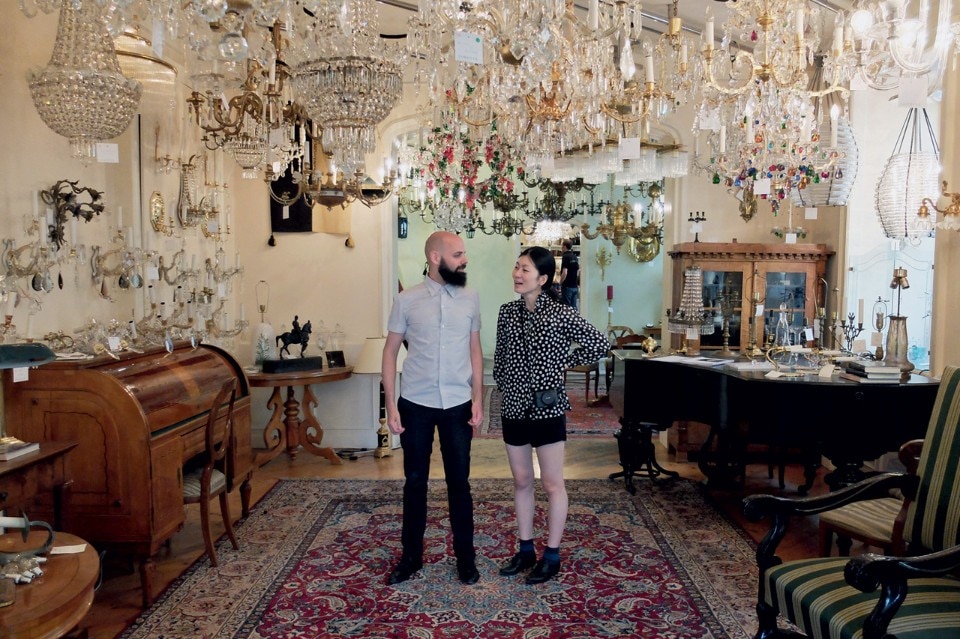
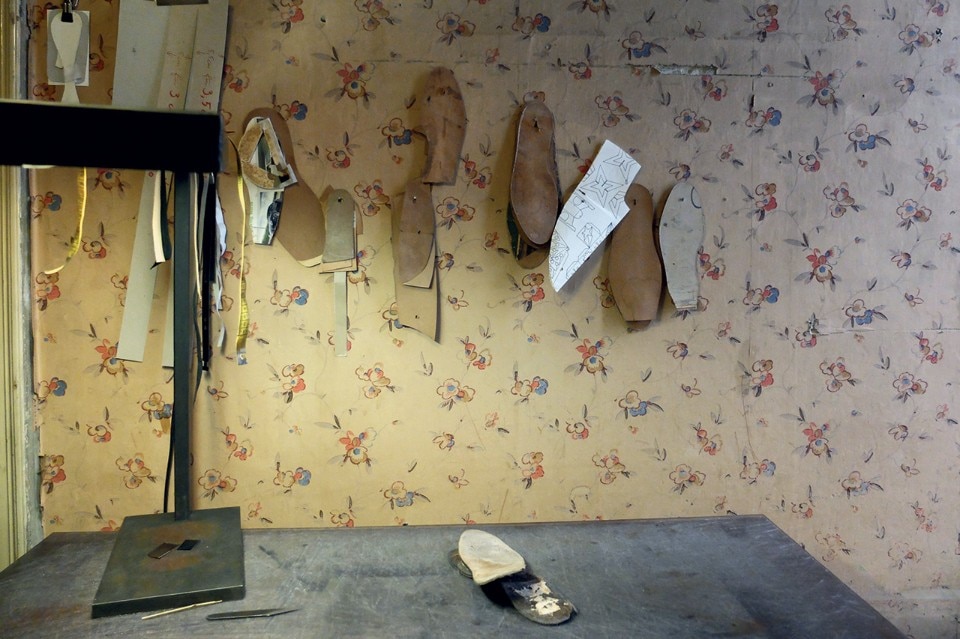
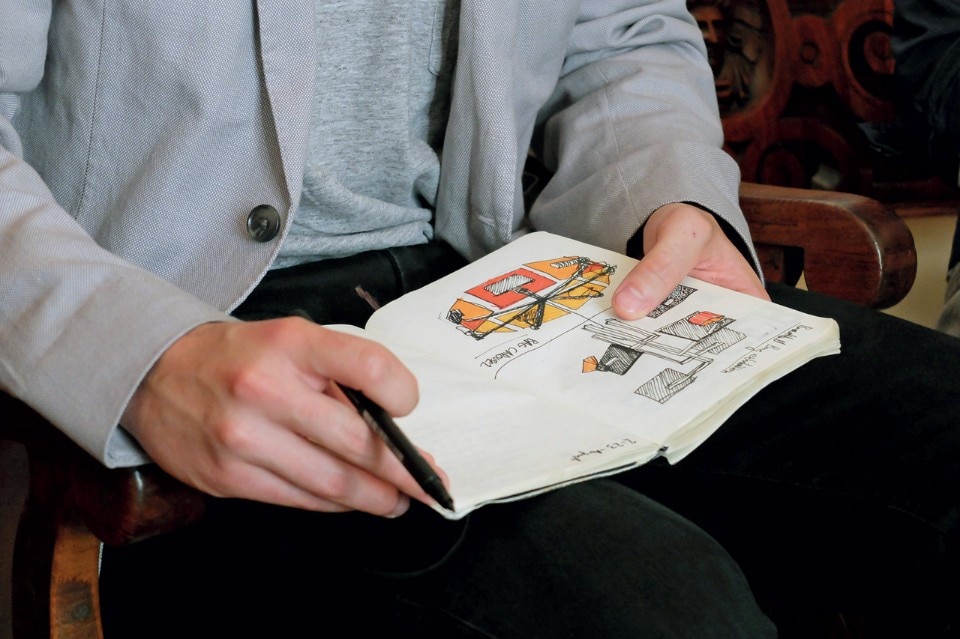
Working together with designers, their situation has changed radically. We had one participant who was depressed; he had no customers, no challenges. Thanks to the Passionswege project, he came back on track. He gave an interview that still moves me to tears. He said more or less that, at time when everything in his life was going down the tubes, Passionswege came and showed him a new perspective. Of course this is an extreme example, but everyone – designers, manufacturers, production people – profits from their skills being valued, from being challenged and from a whole new public entering their shops and discovering the possibilities of the workshopnext- door.
For instance, a leather manufacturer with a small hidden shop in the red-light district took part in the Vienna Design Week. Using his computer numerical control leather cutter, Adrien Rovero conceived of a project that used his scraps and made little playful animals to clip together. Adrien’s project was picked up by the super luxury brand Hermès.
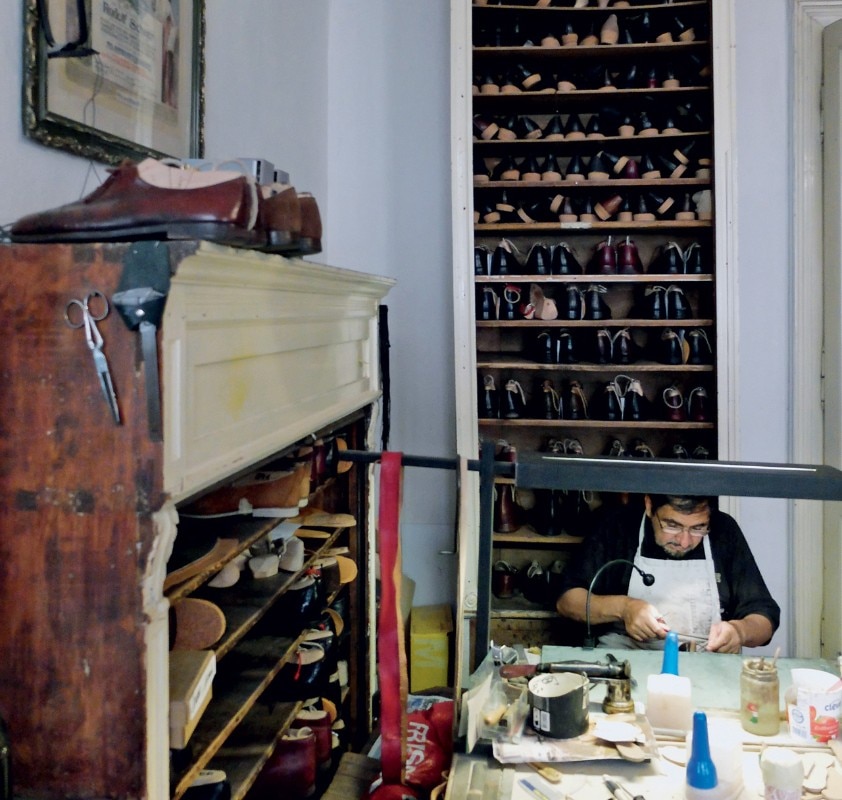
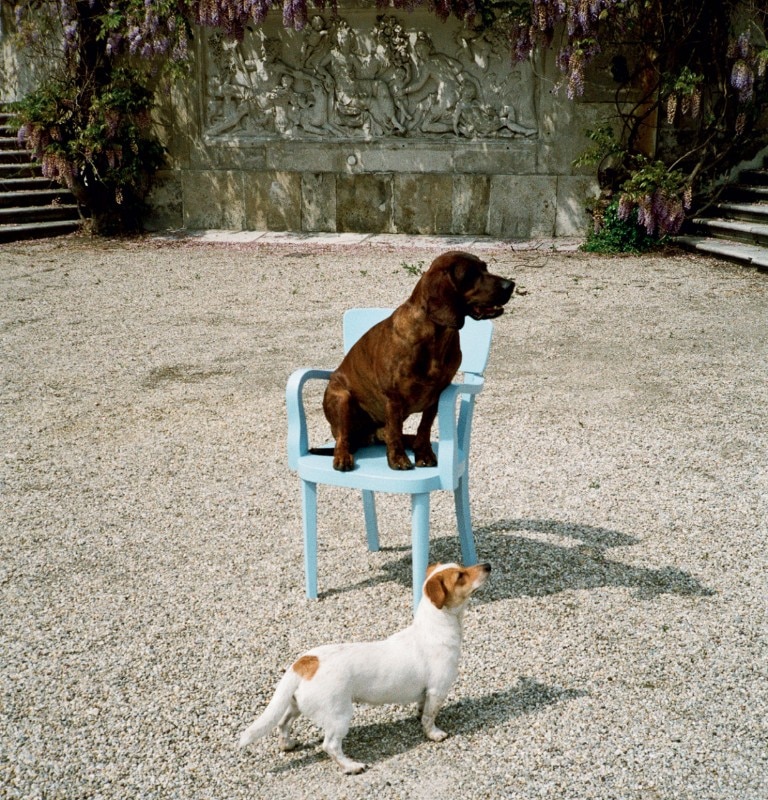
We also give the designers more freedom. Part of Passionswege’s success is that there is no brief; it is all about knowledge transfer, respect and ideas for the future. It’s about making visible the skills of respective partners. Vienna Design Week, for sure, has managed to bring international designers to Vienna, foster a design debate in Austria and put the city and country on the map of international design happenings.
Among design professionals, the Vienna Design Week is an international success, for which we are very grateful. Equally important is the fact that the festival has achieved a significant interest in the fields of experimental design and social design among a broader local public that now makes up an important part of our 32–37,000 visitors per year.
26 September – 5 October 2014
Vienna Design Week


